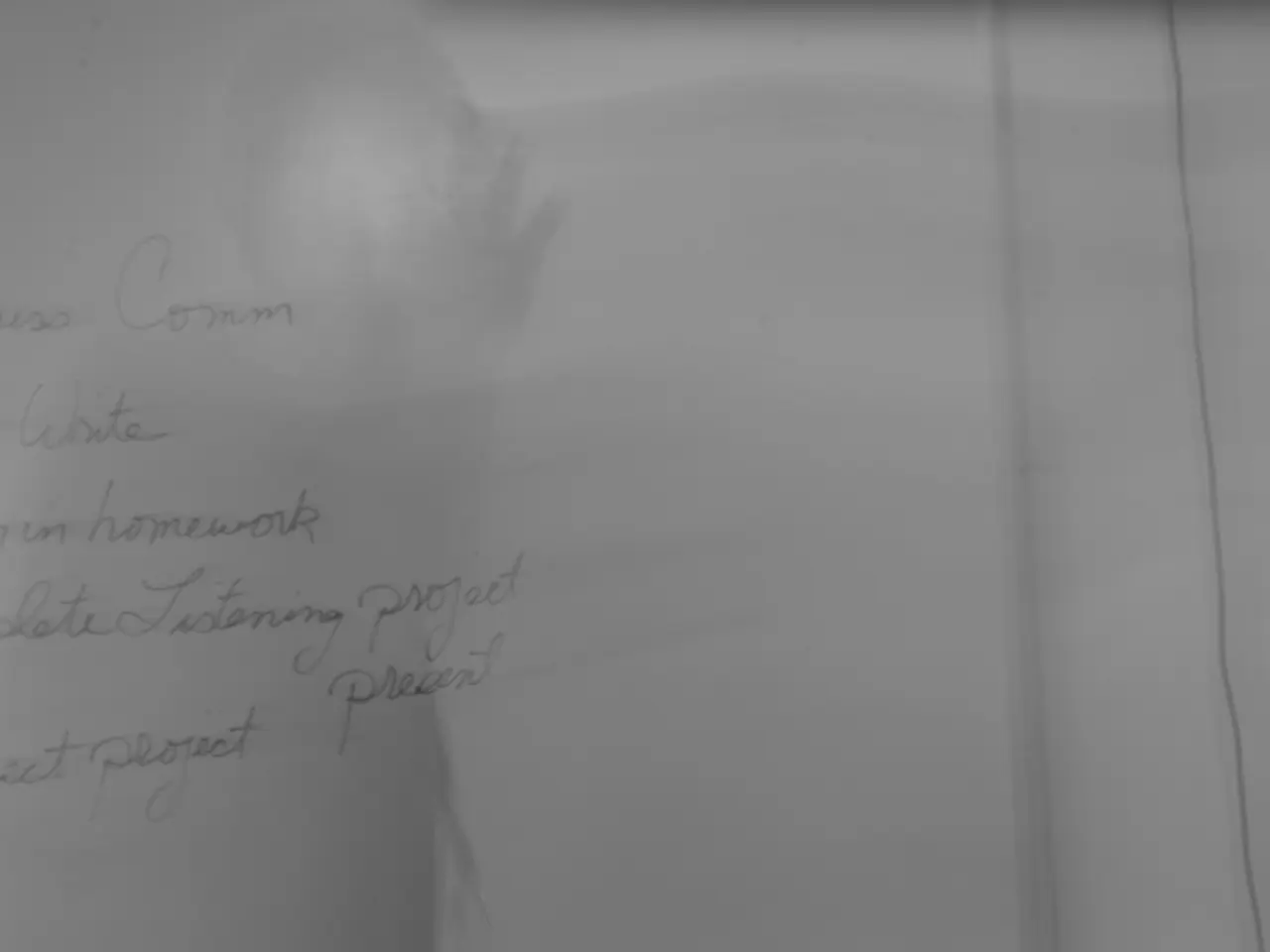Ponderings have no price tag, yet... discovering the advantages of idle fantasies
Daydreaming, often perceived as a form of distraction, can actually serve as a valuable tool for enhancing focus, creativity, and overall performance, according to life coach Fiona Waltraud Berle and psychotherapist Martina Holler.
In a study, it was found that consciously using daydreams can improve concentration and performance by facilitating creative visualization, mental rehearsal, and entering a flow-like state where focus and productivity are enhanced. This is due to the activation of the brain’s default mode network (DMN), which is involved in internal goal-oriented tasks and higher-order thinking. When guided properly, daydreams help synchronize relevant brain regions, quiet the internal critic, and foster immersive, effortless focus akin to flow states, boosting performance quality and efficiency.
Harnessing the Benefits of Daydreaming
Daydreaming offers several advantages:
- Visualizing Success: By visualizing success or positive outcomes, the brain is trained for performance, reducing anxiety and improving motivation.
- Mental Rehearsal: Daydreaming allows mental rehearsal of tasks or problem-solving, priming the brain to act more effectively in reality.
- Creativity and Emotional Regulation: Daydreaming supports creativity, self-reflection, and adaptive emotional regulation, enhancing cognitive control and mindfulness.
- Disrupting Negative Thoughts: Daydreaming can help disrupt negative automatic thoughts, which can otherwise impair focus and performance.
Practical Examples of Effective Daydreaming
- Guided Visualization: Spend a few minutes imagining completing a task successfully, focusing on sensory details and emotions to create a vivid mental simulation of achievement or calmness.
- Scheduled Daydream Breaks: Intentionally take short breaks to let your mind wander around a problem or idea when stuck, using daydreaming as a brainstorming tool rather than idle distraction.
- Mindful Daydreaming: Combine mindfulness to maintain awareness of when daydreams begin and end, ensuring they serve productive purposes rather than maladaptive escapism.
- Creative Scenario Building: Imagine alternative solutions or innovations related to your work or personal goals, strengthening creative problem-solving skills.
Caution: Maladaptive Daydreaming
While conscious, purposeful daydreaming can be beneficial, excessive or uncontrolled daydreaming (maladaptive daydreaming) can harm concentration and performance by causing dissociation and reduced task completion. The key is to use daydreaming deliberately and constructively.
If one experiences signs of maladaptive daydreaming, seeking psychological help is advised. Maladaptive daydreaming, where one spends excessive time in daydreams and neglects daily duties, can lead to depression, as warned by Martina Holler.
In conclusion, conscious, purposeful daydreaming fosters a brain state that enhances focus, creativity, and emotional regulation, improving overall concentration and performance when practiced with intention and control. Whether you're at home, in a quiet park, or even during a drive, taking a moment to daydream can provide a valuable boost to your mental abilities.
- Engaging in conscious, purposeful daydreaming, as suggested by this text, can help boost mental-health, as it fosters a brain state that enhances focus, creativity, and emotional regulation.
- In addition, nurturing mental-health and wellness can be achieved through disciplined use of daydreaming, aided by guided visualization, mindful daydreaming, creative scenario building, and scheduled daydream breaks, as outlined in this text.




